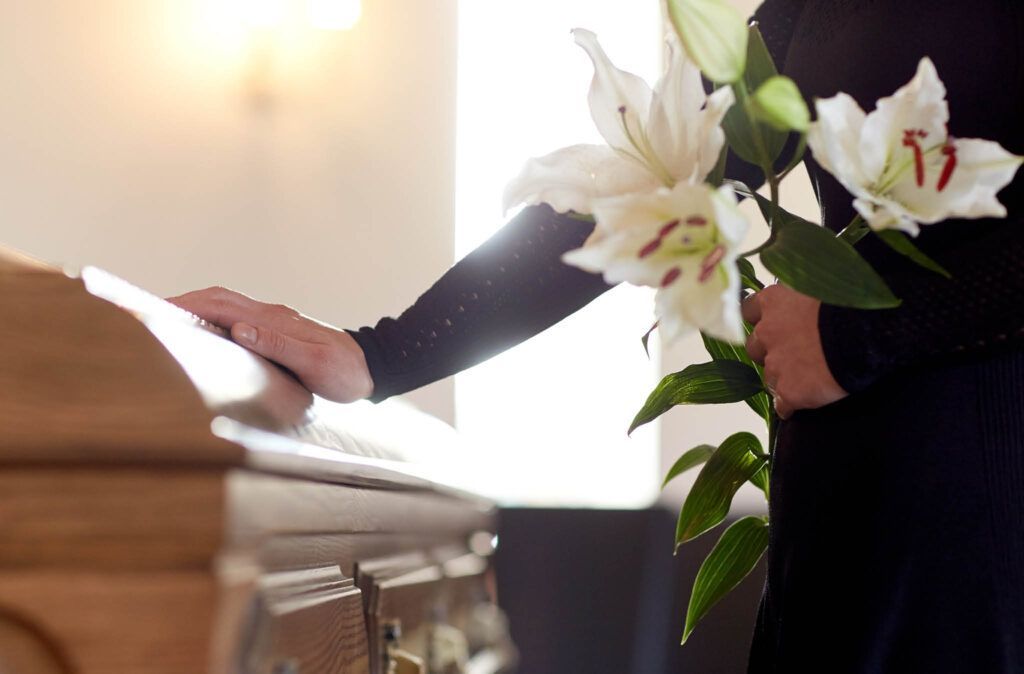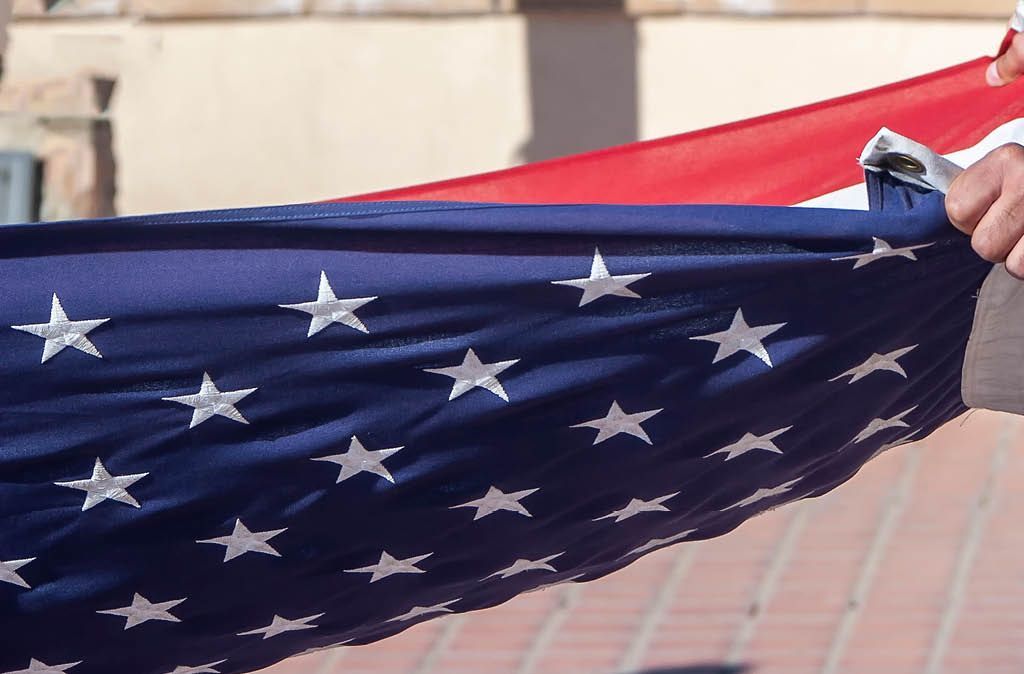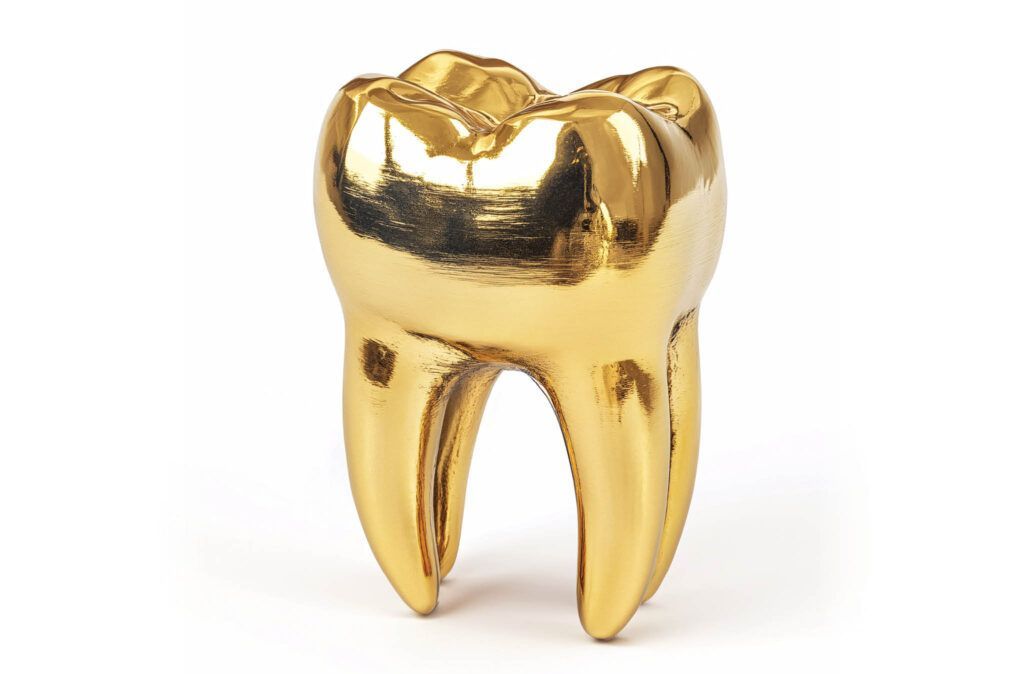The purpose of embalming is to temporarily preserve a body, allowing loved ones time to say goodbye. While the practice of preserving bodies has evolved over centuries, its modern goal is to help those left behind process the loss more personally.
The History of Saying Goodbye
Decades ago, some psychiatrists believed that seeing the body of a loved one was essential to “sever” the bond, enabling survivors to form new ones. At the time, this was a widely accepted belief among grief specialists.
Today, we better understand death and grief through research and science. We now know that severing ties isn’t necessary. Instead, we can embrace the memories of those who shaped us—like a parent—or simply cherish a friend who inspired us. This shift is reflected in how many people say, “I want to remember them the way they were.”
Why Viewings Are Important
So why do viewings remain important? Simply put, they help us grasp the reality of our loss.
At first, I thought the idea of seeing a body to accept the loss was unnecessary. After all, families arranging services at a funeral home already understand the reality, right? But over time, I’ve come to understand, both professionally and personally, the role denial plays in grief.
The initial reaction to hearing about a death is often disbelief: “No!” Our minds struggle to accept the loss, convincing us, “This can’t be true.” Many even resist seeing their loved one, saying, “I just can’t.” While this reaction is natural, seeing the body helps us confront the reality and begin processing the loss. It’s a difficult but crucial step in healing. Instead of avoiding pain, we must face it to truly heal.
Options for Saying Goodbye
Today, there are options beyond traditional embalming and caskets. A “private viewing” allows families to spend time with their loved ones in an intimate setting without the need for formal services or additional expense.
If you’re preplanning, consider allowing your family this opportunity to say goodbye. It may not seem like much—a simple, quiet moment—but it can be one of the greatest gifts you leave behind. It helps your loved ones begin their healing journey and continue life in a healthy way.
Sincerely,
Mike O’Connell
O’Connell Family Funeral Homes













